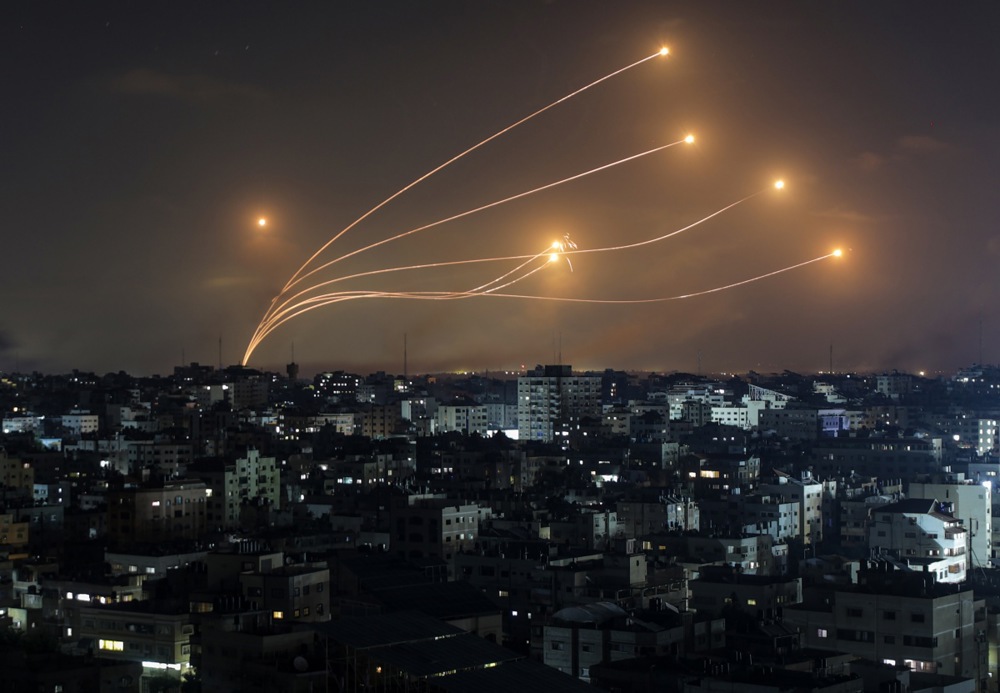There is a famous—if apocryphal—quote attributed to Lenin: “There are decades where nothing happens and then there are weeks where decades happen.” We find ourselves in such a period today, particularly when examining the trajectory of the Middle East. The challenge in these transformative moments is distinguishing signal from noise, a task that becomes exponentially more difficult when every development carries the weight of potential historical significance.
Consider the period between 1918 and 1938. Those twenty years witnessed countless movements across Europe that pointed in wildly different directions from what ultimately transpired. There were rapprochements between Germany and France, negotiations between Britain and Germany and throughout the 1920s, especially, no clear indication of which course European and world history would ultimately take. In hindsight the course of history appears to have been predetermined, but this was not so. The Locarno Agreement of 1925 that was intended to guarantee Germany’s Western borders was at the time as significant as the Abraham Accords are today. Unfortunately, the former did not stand the test of time – and it is too soon to tell whether the latter will. To put it differently, we face a similar predicament in the Middle East today as Europe faced in the interwar years.
To be sure, there are encouraging signs. The Abraham Accords represent a genuine breakthrough in regional diplomacy. The fragile peace in Gaza, however tenuous, offers a glimmer of hope. Many observers look at these developments and conclude that things are moving in the right direction. But, as I pointed out, one could have made identical observations about Europe in the 1920s. At some point, despite all the promising indicators, everything went horribly wrong. This is the uncomfortable truth we must confront: There is no guarantee that the changes we are witnessing will continue moving in a beneficial direction. Indeed, several troubling signs suggest that the foundation beneath the current order may be far more precarious than conventional wisdom acknowledges.
Take Morocco as an example. This is a country that stands, if not at the brink of revolution, then certainly on the precipice of significant civil unrest. Libya exists as a place on a map, but it can scarcely be called a functioning state. Egypt remains something of a black box—we simply do not know whether it stands on feet of clay or feet of steel. This uncertainty should trouble us.
The great surprise of the Arab Spring, now almost fifteen years past, was how quickly seemingly stable regimes could collapse. It took a combination of high bread prices and one vegetable vendor setting himself on fire to ignite a conflagration that burned down the entire Middle East as we knew it—both metaphorically and literally. The kindling for such events does not disappear simply because we choose not to see it.
We frequently hear that the United Arab Emirates represents the model for the region’s future. The achievements there are indeed impressive, and I do not wish to diminish them. However, a closer examination reveals a structure that may be less stable than it appears.
To put it somewhat dramatically the UAE essentially consists of a group of sheikhs presiding over a population that is approximately 80 per cent foreign guest workers. This arrangement functions well as long as the Emirates remain wealthy. But what happens if, for whatever reason, they cease to be rich? The model simply cannot sustain itself under those conditions.
This brings us to perhaps the most significant long-term challenge facing the region: The economics of oil. For decades, the fear was that economic decline in the Middle East would result from running out of oil. The good news is that they will never run out of oil. The bad news is that nobody will run out of oil.
What this means is that over the long run, prices will inevitably decline. If Argentina, Venezuela, and other resource-rich nations bring their tremendous wealth into the global market, prices will crumble. We witnessed this dynamic during the shale revolution in the United States. Saudi Arabia, the UAE, and other regional powers face a massive problem if the price per barrel drops from $50 or $40 to $18.
If these states become poor the entire regional architecture may collapse. I am far from certain that the UAE can maintain its current model under such conditions. The same applies to Saudi Arabia.
Much is made of the reform-oriented leadership under Mohammed bin Salman, and rightly so. The Saudi elite has indeed pursued ambitious modernisation. But polling data reveals a stark disconnect between elite aspirations and popular sentiment. A survey from 2023 showed that “a mere 7 per cent [of the population] would welcome Israel’s prime minister to an international conference in Saudi Arabia.”
This raises a critical question: Is this the last gasp of radicalism, gradually wearing off as material wealth spreads through society? Or does it represent the actual mood in the region, which elites are attempting to gloss over with economic development? I cannot tell you the answer, but the question itself should give us pause.






Cooler heads in Middle East know Hamas must be removed